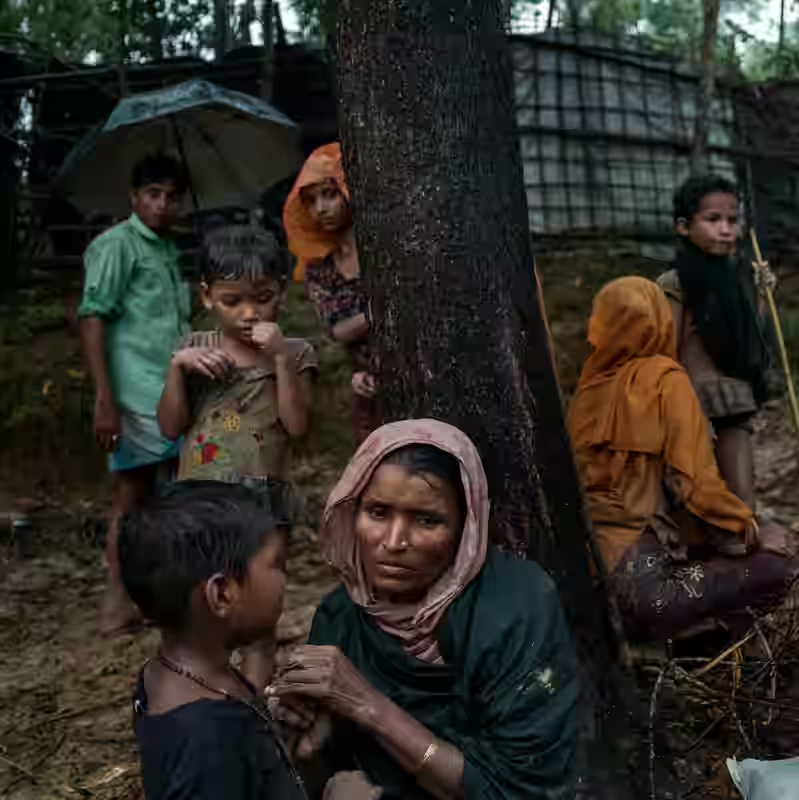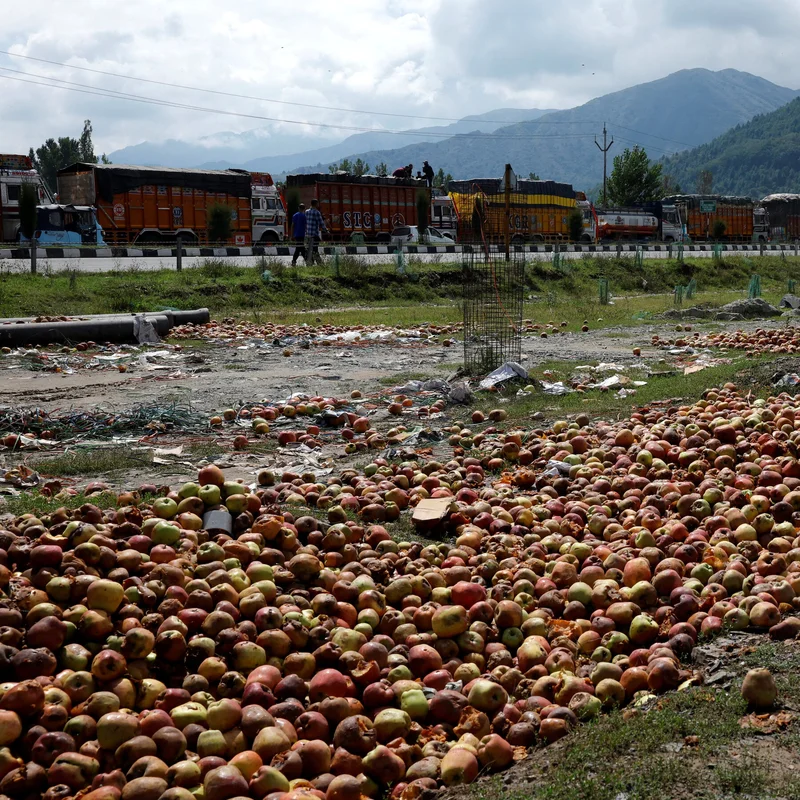At U.N. General Assembly, World Leaders Speak for Rohingya—But None Are Invited to Speak
As global dignitaries gather at the United Nations in New York to discuss solutions for the world’s largest refugee settlement—the Rohingya camps in Cox’s Bazar, Bangladesh—not a single refugee from the camps is present. The irony has not gone unnoticed by human rights advocates, who call the exclusion a stark symbol of how refugee voices are routinely silenced in international policymaking.
The Summit in Context
The high-level U.N. meeting, held during the 2025 General Assembly, aims to address urgent humanitarian needs and long-term resettlement strategies for over 1 million Rohingya refugees who fled genocide in Myanmar in 2017. Yet the agenda features speeches by diplomats, ministers, and U.N. officials—but no one who has lived in the camps.
Key Facts About the Rohingya Crisis
- Population: Over 1 million Rohingya refugees in Bangladesh
- Location: Primarily in Cox’s Bazar—the world’s largest refugee settlement
- Status: Denied citizenship in Myanmar; labeled “illegal immigrants” by the government
- Duration: Most have lived in limbo for over 8 years
- Access: Internet restrictions, movement bans, and limited education opportunities
Voices from the Camps vs. Voices at the U.N.
| At the U.N. Summit | In Cox’s Bazar Camps |
|---|---|
| Diplomats from 30+ countries | No formal representation |
| U.N. High Commissioner for Refugees | Refugees banned from international travel |
| Policy pledges and funding announcements | Daily struggles for food, clean water, and safety |
| Discussions about “durable solutions” | Repeated pleas for citizenship, justice, and return with dignity |
Infographic: The Representation Gap

What Advocates Are Saying
“You cannot design policies for people without including them in the conversation. This isn’t consultation—it’s erasure.” — Dr. Ayesha Rahman, Refugee Rights Watch
“We hear ‘nothing about us without us’—but at the U.N., it’s always ‘everything about us without us.’” — Anonymous Rohingya youth leader, via encrypted message
Some U.N. officials defend the format, citing security, logistics, and visa restrictions. But critics argue that virtual testimony or pre-recorded messages could have been arranged—as they were during pandemic-era sessions.
[INTERNAL_LINK:rohingya_crisis_timeline] | [INTERNAL_LINK:un_refugee_policy_failures]




